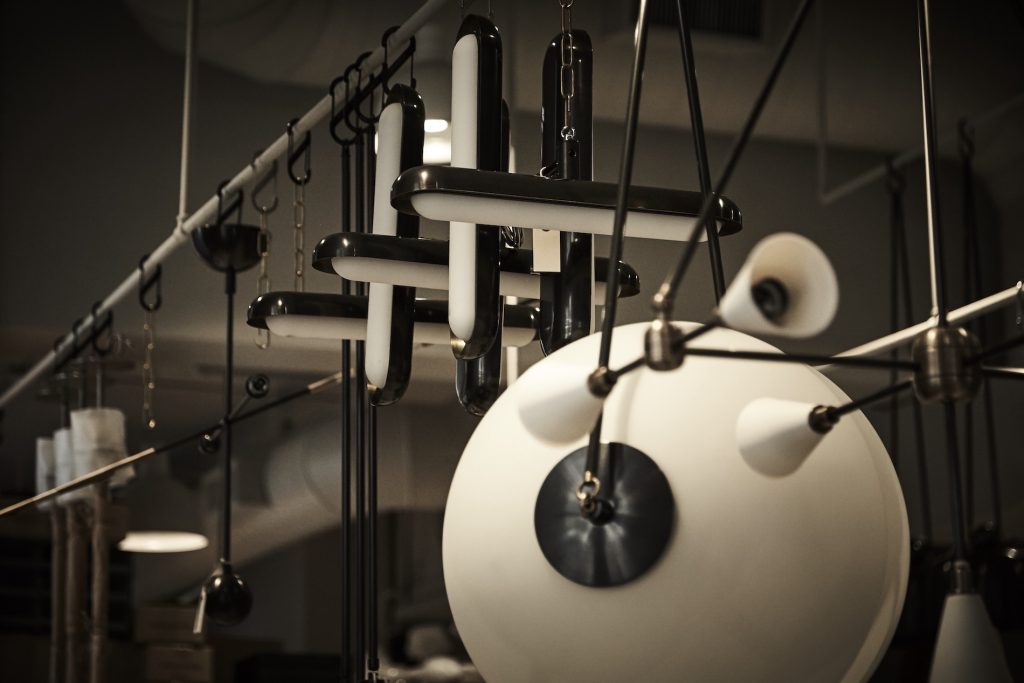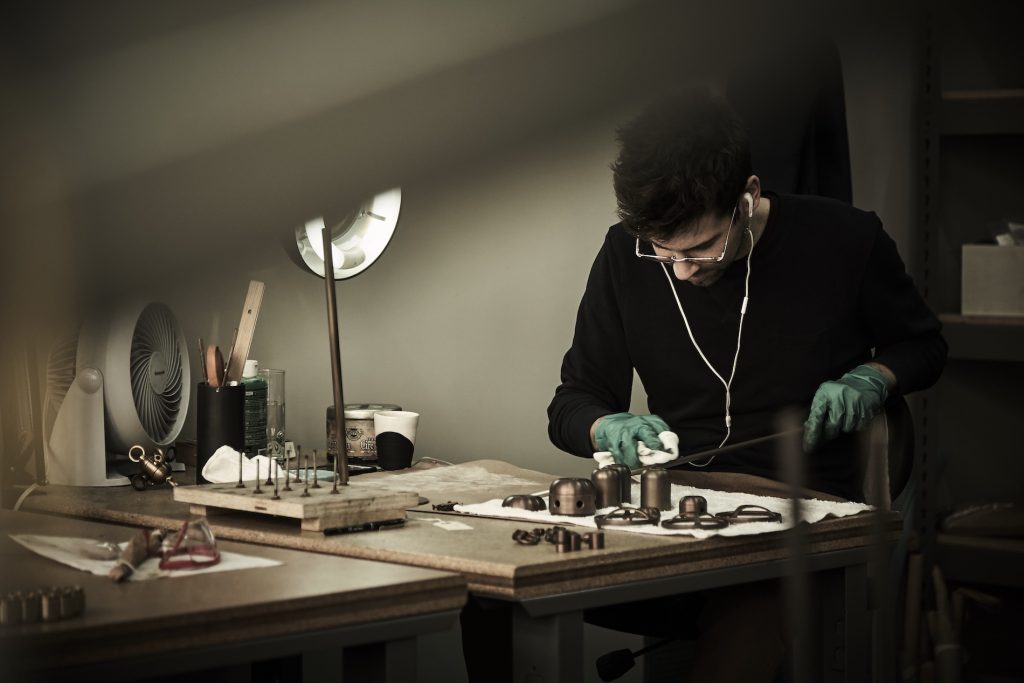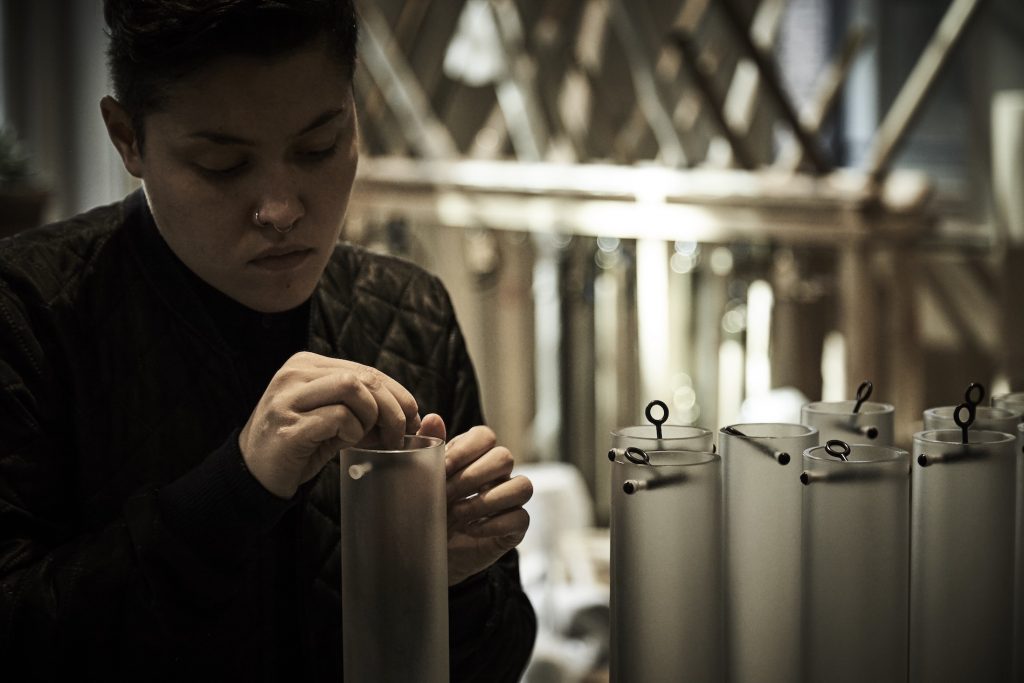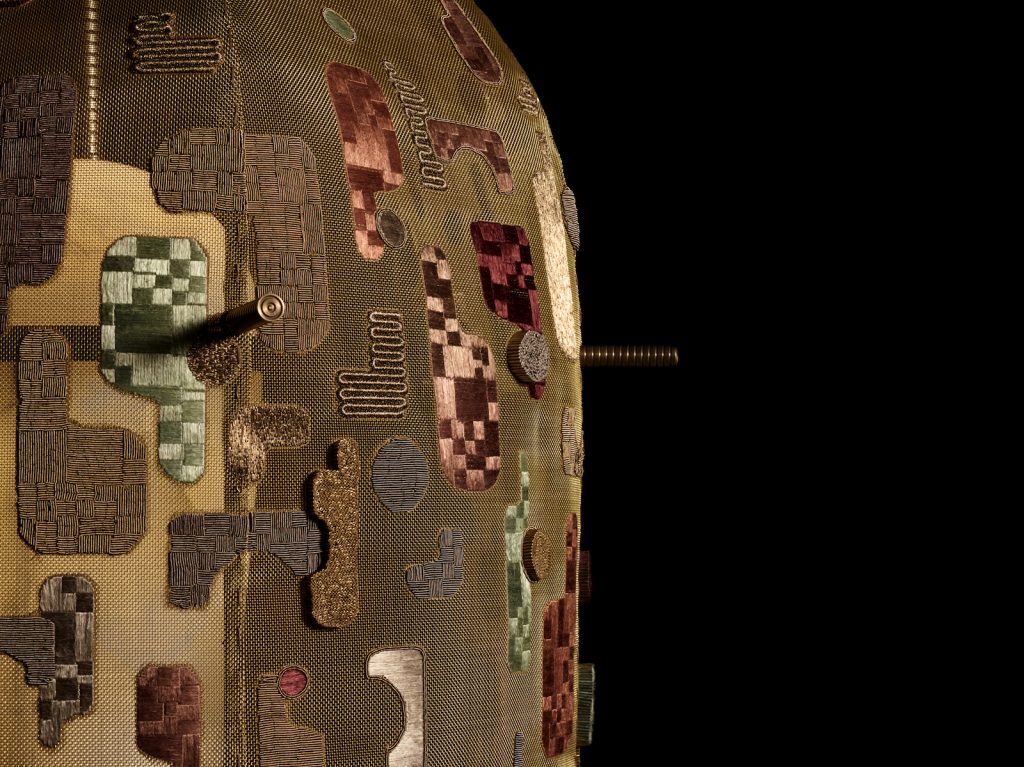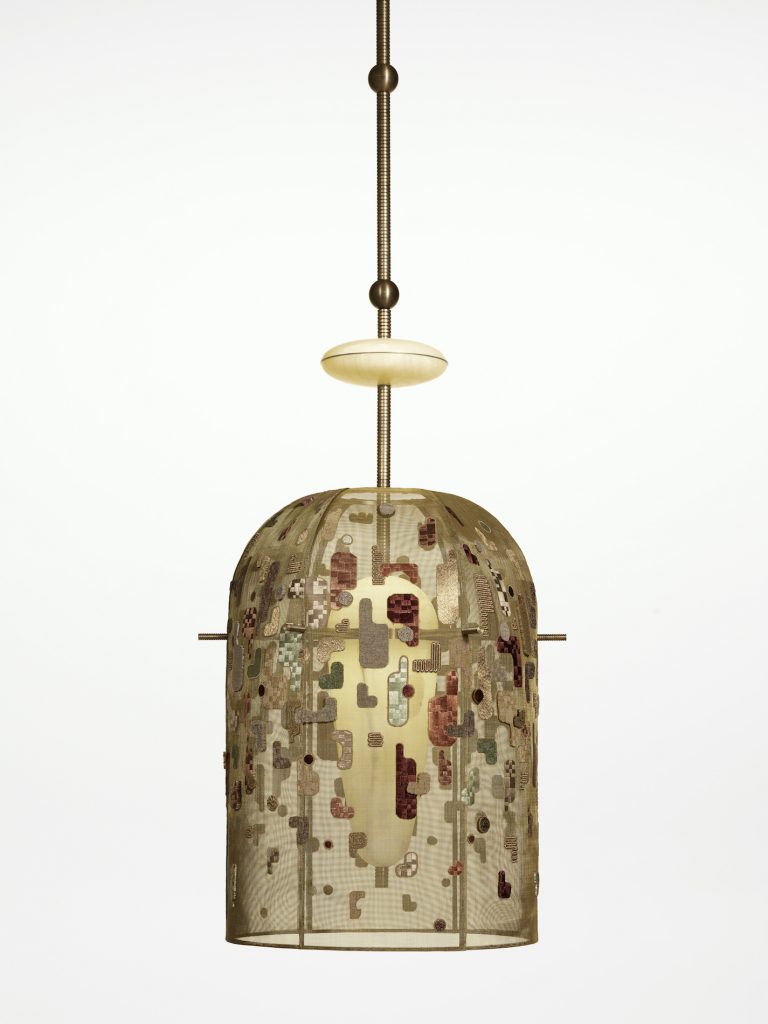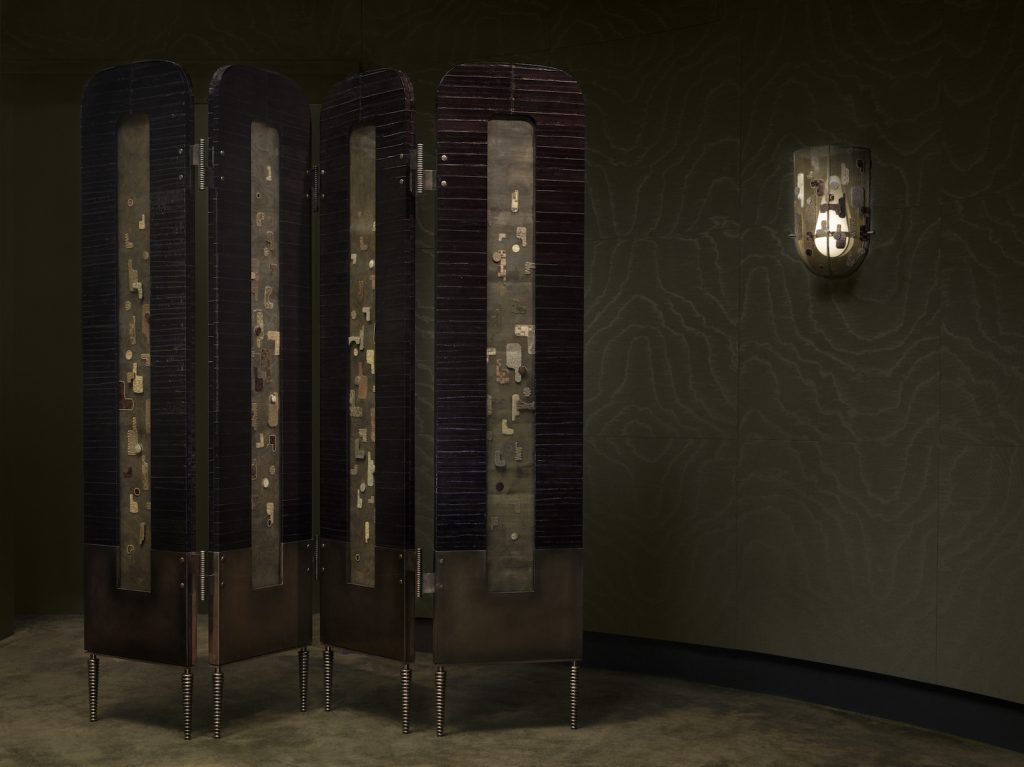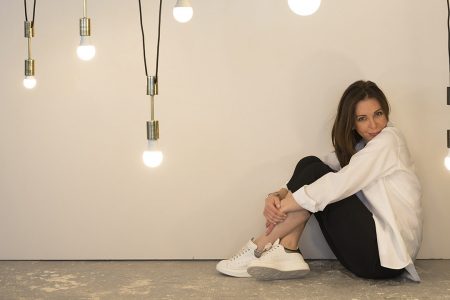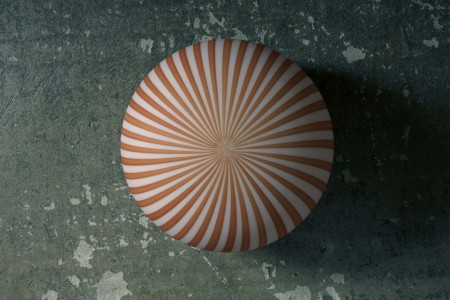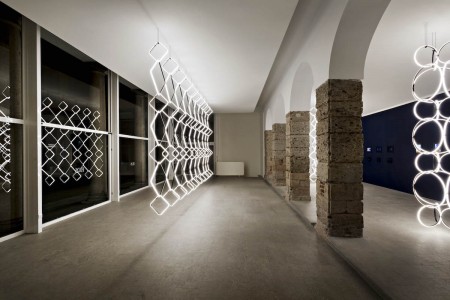Apparatus: Immersive Environments and Ethereal Beauty
TLmag speaks to Gabriel Hendifar, one half of the Apparatus design studio with partner Jeremy Anderson, about their practice and inspiration.
With a background in fashion, Gabriel Hendifar, one half of the Apparatus design studio with partner Jeremy Anderson, approaches interiors with an eye that sets him apart from his peers. Moving between New York, Milan, and Los Angeles, they give their New York showroom a seasonal makeover (complete with an extravagant opening party, more akin to a runway show than polite launch), but that’s not where the analogy ends: Hendifar’s work is also characterised by a belief that the spaces we occupy should not only be functional but emotionally effective too. That a room doesn’t just look good, it must feel good too.
TLmag: You used to work in fashion, how did the move to interiors come about?
Gabriel Hendifar (GH): We started Apparatus in New York in 2012. Shortly after we moved from Los Angeles there was this moment of freedom in imagining what this new chapter could look like. It was really just through conversations and the support of some friends that we decided to take a leap and start the studio. I had been working in womenswear for years and had studied scenic design before that. As a studio we started with lighting because it’s such a powerful element and has the power to shape your experience of everything it touches. I remember doing a few semesters of lighting for the stage when I was studying at UCLA, and really starting to understand that ultimately, it’s the light that tells the story.
TLmag: You’ve gone beyond just lighting now?
GH: The output of the studio ranges from furniture to small objects, even bags. It’s about creating what we want to see in the world and creating a world we want to live in. Our interiors or objects collections are a continuation of a collection of furniture or lighting, it all folds back onto itself and becomes one idea, one process and one story.
TLmag: What the process of embarking on a new collection?
GH: It’s playful and full of exploration! Sometimes I sketch, sometimes I take things apart and put them back together again. Once I have a solid idea for the mood and shape of a new piece, I hand sketch and review those sketches with our design team. Then we explore proportion using digital modelling, and generally make a 3D print or full-scale model to experience a piece in real space. A lot of our early designs were inspired by jewellery, which I’ve always seen as ultimate objects of desire. It’s still often a point of reference for me. I want to elicit that sense of longing and desire with what we create.
TLmag: How do you go about sourcing materials? Obviously quality is a factor, but are you looking for something else?
GH: I am most attracted to things that feel suspended in time. Materials that have a bit of mystery around them and feel somehow out of place in reality. There is a tension in that – contemporary forms that feel aged and settled. I think the way we approach this with our finishes and material combinations we create an elegance around that suspension. I am always looking at materials that have an emotional gravity, or opportunities to reveal something hidden within.
TLmag: What’s next for the studio?
GH: We are working on ACT IV – which is our next collection of furniture, lighting and objects – and all of the things that surround it – the studio, the film, and the party. Our work has become a beautiful, intoxicating cycle for us.
